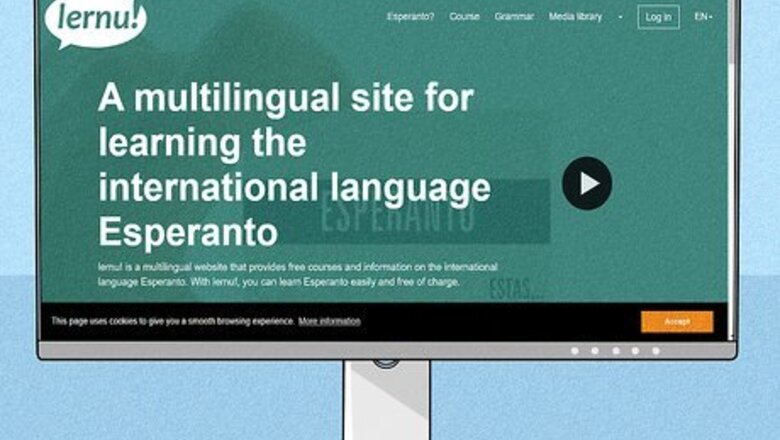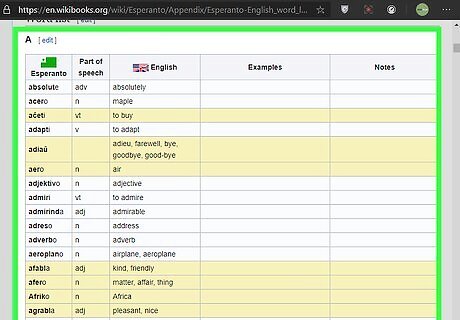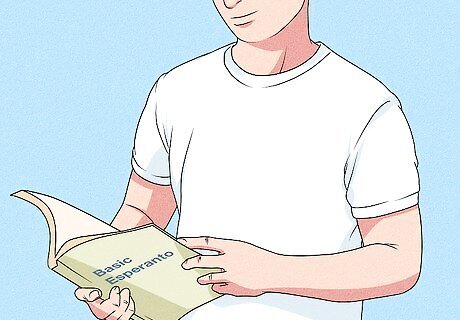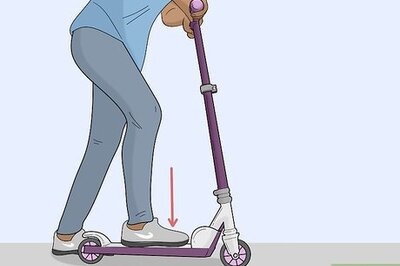
views

Find the right language course. Duolingo and lernu are two of the many options and are often considered to be the best out there. Duolingo has a course for English, Spanish, and Portuguese speakers only. Lernu is available in 30+ languages.

Join chatrooms populated with Esperanto speakers. This will provide you with an input of real Esperanto used for casual conversation. There are many bilingual groups out there where you will be able to ask questions and switch to your native tongue if you're not confident enough. This way you can track your progress as you learn more and more things.

Take part in social media. There are large communities for Esperanto across all social media. Add some Esperanto speakers or join some groups/pages to gain an additional input of the language everyday. You'll be able to discover what is happening all over the world. Try to write at least one message a day to improve your writing skills.

Drill vocabulary to quickly improve comprehension. Spaced Repetition Systems are amazing to improve quick understanding of Esperanto. Find a list of the most common words in Esperanto and learn them with examples. Many websites use a Spaced Repetition System. Others can teach you vocabulary with the help of pictures, if you're so inclined. You can also improve your comprehension reading press articles, magazines, and books.

Read about grammar. Esperanto has few grammatical rules compared to other languages, but you should still learn them as they will help your text to be more expressive. If you are in a Esperanto chatroom, ask your grammatical questions there. You are more likely to find your answer through a search engine however.

Use a good dictionary. The best dictionaries are in Esperanto, so try to use them as soon as possible, because they will help you make connection between words.

Listen to podcasts and videos with subtitles to improve hearing comprehension. Try first to understand the subtitles, then listen to the extract. Pause and look to the subtitles if you don't hear a word. After several days, you will be able to enjoy podcasts without subtitles. There are many videos in Esperanto on YouTube, such as lectures, let's plays and vlogs. Some of them are subtitled. Remember to slow down videos if you need it.

Improve speaking (optional). Esperanto is mainly a written language. You can enjoy most of it without speaking it. But since the language is phonetic and straightforward, you can speak it fluently in less than 10 hours if you already write it fluently. The best way to become fluent is to go to a several day event such as NASK, JES and IJK, or to attend several local events in Esperanto. However, these are not a necessity. You can become fluent alone in your room. You can repeat after vlogs and/or read out loud chat conversations. You can use Telegram to chat with small voice message in the group Voĉbabilejo and find speaking partners. You can use websites who provide instant speaking rooms without needing to install anything.




















Comments
0 comment